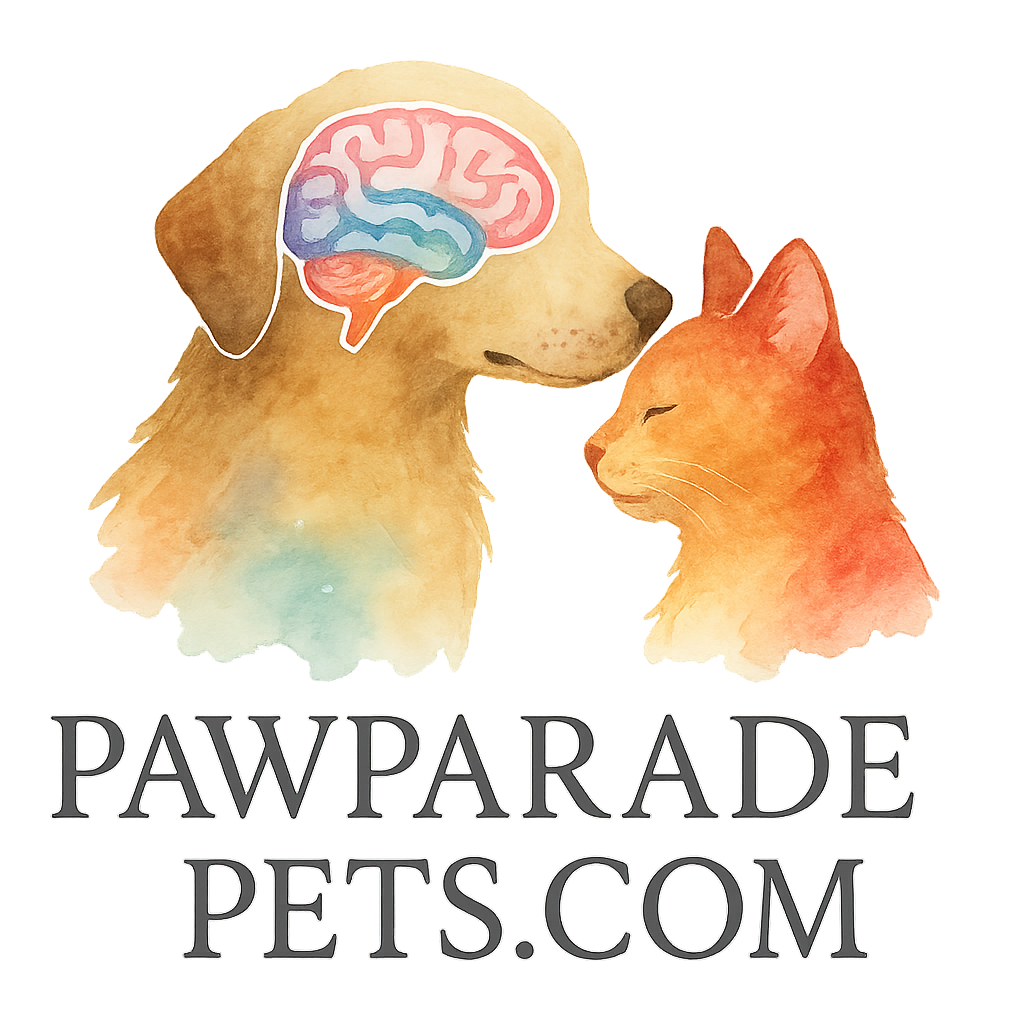Introduction
If you’ve ever looked at your pet and thought, “You’re smarter than you let on,” you’re probably right. Training your pet’s brain isn’t just about obedience—it’s about unlocking their hidden potential. But, just like us humans, pets can get frustrated, bored, or even confused if brain training isn’t done right. Let’s dive into the 6 biggest mistakes you should avoid when sharpening your furry friend’s mental muscles.
Whether you’re new to brain training or already tossing puzzle toys around the house, steering clear of these common blunders will make all the difference.
Mistake #1: Skipping the Basics of Brain Training
Why Foundations Matter
Would you teach a child algebra before they know how to count? Of course not. It’s the same with pets. Many owners jump straight into complex puzzles or advanced tricks and wonder why their pet looks at them like they’ve grown two heads.
Starting with the brain training basics ensures your pet understands commands, structure, and expectations. This foundation builds confidence and creates a smooth path for future learning.
Where to Start: Brain Training Basics
- Simple commands like “sit,” “stay,” or “touch”
- Eye contact games
- Nose work with treats
- Clicker training for reinforcement
Explore more at Brain Training Basics to create a solid mental foundation.
Mistake #2: Overloading with Advanced Challenges Too Soon
Understanding Your Pet’s Cognitive Readiness
Not every pet is ready for an advanced puzzle feeder or multi-step command sequence. When you push too fast, it’s not challenging—it’s overwhelming. That frustration can lead to behavior issues or complete disengagement.
Check your pet’s comfort zone before introducing advanced cognitive challenges. A smart pet doesn’t mean a trained pet.
Resources for Progressive Learning
Use stepping stones to success:
- Beginner puzzles → Intermediate → Advanced
- Increase complexity gradually
- Add environmental distractions only when basic tasks are mastered
Check out the curated list of activities at Activities Tag for more guided progressions.
Mistake #3: Inconsistent Training Schedules
Pets Thrive on Routine
Imagine going to school one random day each week. You’d forget everything, right? That’s how your pet feels with random brain games. Cognitive training works best with regularity.
Your furry friend’s brain, much like a muscle, needs regular workouts. Training every day—even just for 10 minutes—can significantly boost memory, problem-solving, and obedience.
Building a Brain-Boosting Schedule
- Stick to daily or alternate-day sessions
- Keep sessions short (5–15 mins)
- Use meal times for food puzzle activities
Keep their brain stimulated with frequent, focused fun!

Mistake #4: Ignoring Behavioral Signals
Behavior and Obedience Go Hand-in-Hand
If your pet starts growling, pacing, or avoiding eye contact, something’s off. It’s easy to mistake disobedience for laziness or defiance, but it’s often a cry for help—or just confusion.
Knowing your pet’s body language is key to avoiding burnout and maximizing learning. Visit the Behavior & Obedience section to learn more.
Spotting Stress and Frustration in Training
Watch for:
- Yawning, licking lips
- Tail tucking or cowering
- Snapping or barking out of context
Always back off when these signs show up. Respect builds trust—and trust is essential for deep cognitive engagement.
Mistake #5: Using the Wrong Tools and Toys
Importance of Interactive Devices
That dollar-store ball might be fun, but it won’t do much for your pet’s brain. Invest in purpose-built tools like puzzle feeders, interactive toys, and smart tech that evolves with your pet’s progress.
Check the latest in tools and toys for brain training for items that challenge, reward, and entertain.
Smart Gadgets for Brain Training
- Smart feeders with timers and voice commands
- Treat-dispensing robots
- Interactive screen-based games for pets
Explore more gadgets and tech to up your pet’s brain game.
Mistake #6: Forgetting to Make It Fun
Games and Activities for Engagement
Think about it—if you were bored out of your mind in class, would you absorb anything? Your pet is the same. Brain training should feel like a game, not a chore.
Browse the games & activities section to keep things light, challenging, and joyful.
Why Joy Accelerates Learning
Fun triggers dopamine. Dopamine = motivation. Motivation = engagement. It’s a science-backed win-win!
Your pet will retain skills longer when they’re taught in a playful environment. Bonus: They’ll actually look forward to training time.
Best Practices for Successful Brain Training
Mix It Up With Toys, Games, and Commands
- Combine mental and physical exercises
- Rotate toys weekly to prevent boredom
- Introduce new commands tied to daily routines
Tap into training and toys sections to find ideas that never get stale.
Measure Progress and Celebrate Wins
- Track what your pet learns weekly
- Reward progress with praise, treats, or new toys
- Share wins with your vet or trainer
You’re not just building a smarter pet—you’re nurturing a stronger bond.
Conclusion
Training your pet’s brain is one of the most rewarding things you can do—not just for their intelligence, but for their happiness and well-being. By avoiding these six mistakes, you’ll turn each session into a chance for connection, growth, and tail-wagging success.
Just remember: Start simple, stay consistent, and never forget the fun. You’ve got this—and your pet’s brain is waiting to shine!
For more on brain training tips, tools, and fun ideas, explore Paw Parade Pets and keep those tails wagging and minds buzzing.
FAQs
1. What’s the best age to start brain training my pet?
You can start as early as a few weeks old! Puppies and kittens absorb like sponges. But it’s never too late—senior pets benefit too.
2. How often should I train my pet’s brain?
Aim for 10–15 minutes daily. Consistency is more important than duration.
3. Are some pets just not smart enough for brain training?
Nope. Every pet has the potential to learn. Some might take longer, but all can improve with the right approach.
4. Can brain training help with behavioral issues?
Yes! Engaged minds lead to calmer, more focused pets. Check out the Behavior & Obedience section for more.
5. What toys are best for mental stimulation?
Look for interactive toys that require problem-solving, like puzzle feeders or smart devices.
6. Should I use treats for brain training?
Absolutely. Positive reinforcement using treats, toys, or praise keeps motivation high.
7. Where can I find more pet brain training ideas?
Explore categories like Brain, Fun, and Challenges on Paw Parade Pets for inspiration galore.


